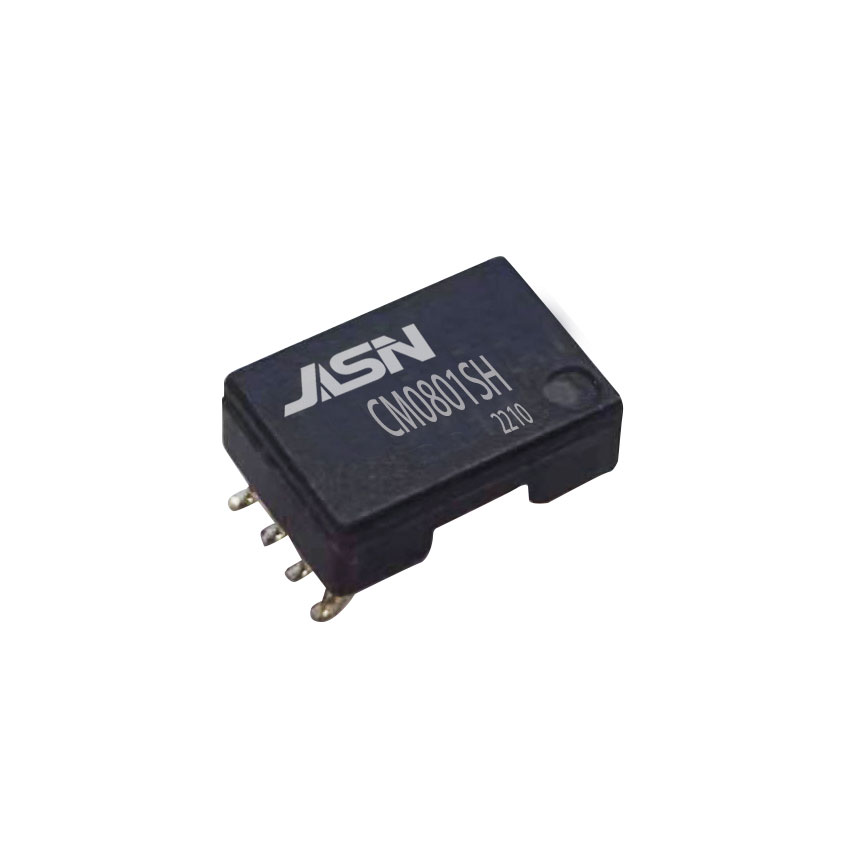 English
English Français
Français  日本語
日本語  Deutsch
Deutsch  한국어
한국어  русский
русский  Español
Español  Português
Português  tiếng Việt
tiếng Việt  Italiano
Italiano  Nederlands
Nederlands  ภาษาไทย
ภาษาไทย  Polski
Polski  Svenska
Svenska  magyar
magyar  Malay
Malay  বাংলা ভাষার
বাংলা ভাষার  Dansk
Dansk  Suomi
Suomi  हिन्दी
हिन्दी  Pilipino
Pilipino  Türkçe
Türkçe  Gaeilge
Gaeilge  العربية
العربية  Indonesia
Indonesia  Norsk
Norsk  تمل
تمل  český
český  ελληνικά
ελληνικά  український
український  Javanese
Javanese  فارسی
فارسی  தமிழ்
தமிழ்  తెలుగు
తెలుగు  नेपाली
नेपाली  Burmese
Burmese  български
български  ລາວ
ລາວ  Latine
Latine  Қазақша
Қазақша  Euskal
Euskal  Azərbaycan
Azərbaycan  Slovenský jazyk
Slovenský jazyk  Македонски
Македонски  Lietuvos
Lietuvos  Eesti Keel
Eesti Keel  Română
Română  Slovenski
Slovenski  मराठी
मराठी  Srpski језик
Srpski језик
What is the difference between a single isolation transformer and other transformers?
2025-05-20
The core difference between a single isolation transformer and other types of transformers lies in its unique electrical isolation function and safety design concept. The single isolation transformer achieves complete electrical isolation of the input and output circuits through a completely independent structure between the primary and secondary windings, thereby effectively blocking the common-mode interference and ground loop noise in the power supply. In contrast, although ordinary transformers can also achieve voltage conversion, there may be capacitive coupling or magnetic circuit commonality between their windings, and the risk of electrical connection cannot be completely eliminated. This special isolation mechanism makes the single isolation transformer irreplaceable in fields such as medical equipment and precision instruments that have extremely high electrical safety requirements, and can reliably avoid electric shock accidents caused by insulation failure.
In terms of application scenarios, the single isolation transformer focuses more on safety protection rather than simple voltage conversion. Its double insulation structure and the use of enhanced insulation materials enable the leakage current to be strictly controlled at the microampere level, which is particularly important for medical equipment that needs to contact the human body. Ordinary industrial transformers focus more on power transmission efficiency and often omit such complex isolation designs. In addition, the single isolation transformer shows stronger tolerance when dealing with lightning overvoltage and transient interference of the power system. Its unique shielding layer design can effectively absorb high-frequency clutter, which is a protection level that conventional filter transformers cannot achieve.
It is worth noting that although the single isolation transformer has excellent safety performance, its manufacturing cost and volume are usually greater than conventional transformers of the same power level. This difference in physical properties stems from its complex winding structure and additional insulation measures. In laboratory equipment, communication base stations and other occasions that require both voltage adaptation and absolute electrical isolation, the use of single isolation transformers has become an industry standard configuration. Its unique electromagnetic compatibility advantage makes it the best solution to eliminate the potential difference between equipment. It is this dual function of ensuring personal safety and maintaining stable operation of equipment that establishes the special status of single isolation transformers in the field of modern power electronics.





